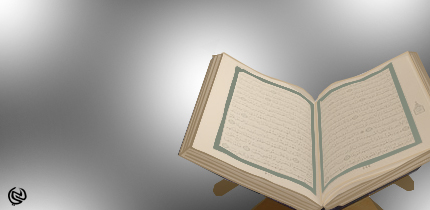Experts need to acknowledge the importance of simplicity and relatability when sharing their findings. Research and information are available in abundance but are not being received in the same manner. People shy away from educational content and embrace more entertaining material for numerous reasons. This communication gap, however, can be filled by customizing research to catch the ever-decreasing attention of the consumer.

Have you ever wondered about the amount of information produced in the world? And by that, I don’t mean our social media posts regarding what we are eating or where we are going or any opinion declaration for that matter; instead I mean factual, research-based information; the kind that’s supposed to change the world and fix everything.
A short search online confirms my hypothesis “too much is being published, too little is being read.” A 2017 article in the Canadian Science Publishing tells us that something over 2.5 million scientific papers are being published each year. That should be good news right? Unfortunately, it isn’t.
The problem with too much being published
The problem with this is not the overabundance of information, on the contrary, this is an incredible tribute to the successful knowledge systems we have made for ourselves today. The problem is that people aren’t responding to information; not only because they aren’t reading but more likely because they aren’t understanding.
This is not to say that academics or specialists know what they are talking about and the rest of us don’t. The value of expertise naturally comes at a cost, which traditionally looks like a gap in understanding between the expert and the consumer. This is why people rely on experts to solve specific problems, whether those are related to plumbing or cardiology, the benefits of which are undeniable. However, this useful relationship also has a negative end, whereby a gap in communication grows immensely. Experts lose touch with the consumer, and the consumer loses trust in the expert; which eventually leads to a crack, also known nowadays as “fake news” among other phenomena of misunderstandings between experts and consumers. The problem, therefore, is that of miscommunication, not because of a lack of information but a gap in understanding.
The missing part of research
We are not benefiting from the research being published today because there is no link between the researcher’s brain and the consumer’s brain. The research is being written in a way that assumes all readers have the same scientific background instead of different backgrounds with different depths. That is why there is a huge gap between the information being put out into the world, and the information that people choose to consume. That is not to mention the role that interest and entertainment play. In short, one only creates influence by reaching people the “right way”. Science can only get to people if it is catered to the average person during public dissemination factoring in the recipient’s level of knowledge. Expecting people to do the “extra” research to understand an academic paper is unreasonable. Bummer alert: very few people follow through or do that extra research.
Most of us lose our interest in this consumable material within the first 10 seconds; so if it takes me 10 seconds to read the first word alone, which is probably followed by a lot of jargon, I will probably choose to disregard it until further notice. Our generation is not dumber or less interested, it is just that we have been catfished by interesting material, rather than the useful ones. That is where an opportunity arises, one where we can bridge the gap between experts and the public interest.
A lot of time and effort goes into acquiring knowledge that is based on facts, studies and legitimate research. Then a lot of effort is consumed in preparing those complex documents that showcase findings and results that are generally extremely interesting if targeted to the right audience. However, most of this content ends up in academic journals and dusty libraries, not in the hands of people. Most published research is a victim of its own complexity and lack of context for the unaware and unexposed to the field. That is what our world looks like today.
How to overcome the information gap?
What if we curate knowledge and direct it to the right audiences in a simplified manner in order for it to serve its proper purpose? We have the tools necessary for such a shift in feeding people’s minds with useful facts and figures along with entertainment news and pop culture. And although this concept is around 46 years old, as it was originally coined “edutainment” by Robert Heyman, its value still holds true today. We don’t have to make the “right” decisions, but we ought to at least make better-informed ones. This is where we get to learn about other fields and expand on our opinions. This is where the resourcefulness of design comes in, and the beauty of logic shows. This explains the incredible popularity of infographics and information design in many parts of the world. This also explains how we can respect the researcher’s work by marrying their findings to eye-catching art and beating the 10-second rule of attention. In the myriad of content online, simplicity and relatability make the biggest impact.
Simplifying our message is not a matter of disrespect to the field we come from, but a matter of recognizing the value of sharing knowledge and going places by working together.
References:
Canadian Science Publishing: http://blog.cdnsciencepub.com/21st-century-science-overload/
Sign up to Sail Newsletter
Never miss another article!
Thank you for subscribing.
Something went wrong.
